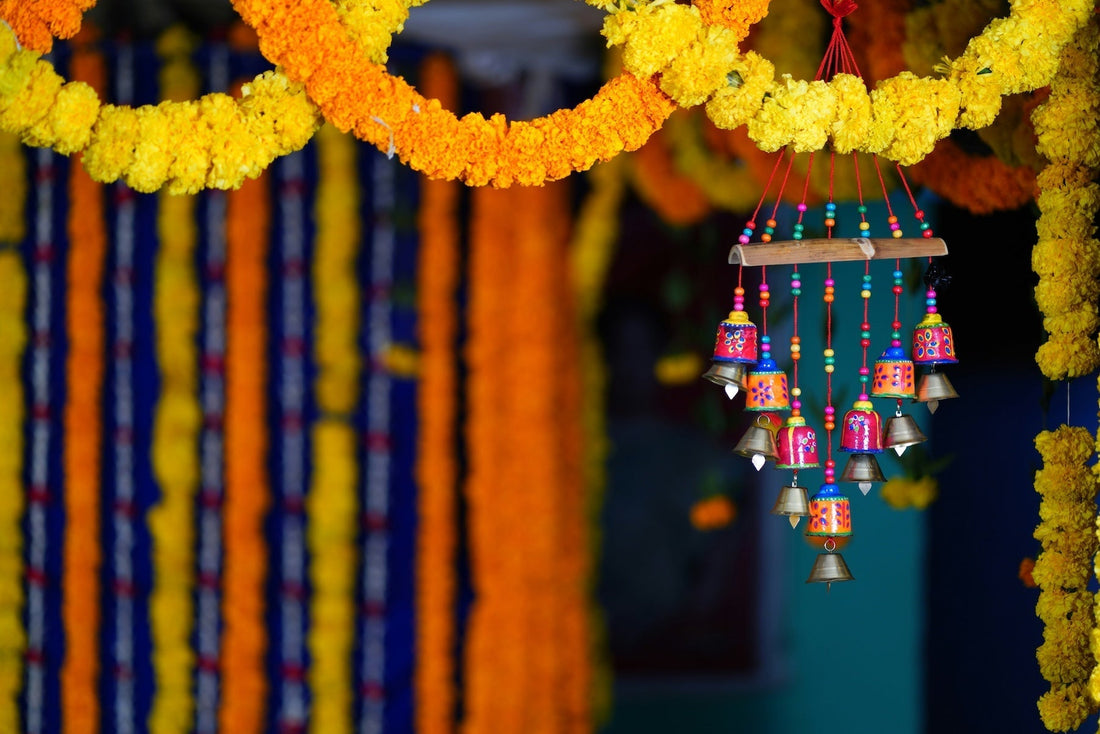
The Role of Incense in Indian Culture
In India, incense is everywhere—in temples, homes, street corners, and spiritual ceremonies. But it’s not just about fragrance. The burning of incense in Indian culture is a sacred act, one that blends ritual, healing, devotion, and art. For centuries, incense has served as a bridge between the material and the divine, the mind and the spirit.
In this blog, we explore the roots of incense in India, how it’s used today, and why it remains such a powerful symbol of connection and purity.

Ancient Origins: Vedic Beginnings
The use of incense in India dates back over 3,000 years, with mentions in the Vedas, the oldest sacred texts of Hinduism. The Rigveda and Atharvaveda describe the use of aromatic substances like guggul (Indian bdellium), agarwood, frankincense, and sandalwood in yagnas (fire rituals) as offerings to the gods.
These early uses weren’t just spiritual—they were also medicinal. According to Ayurveda, India’s traditional medical system, burning specific herbs can balance the doshas (bodily energies) and promote well-being.
Daily Rituals and Temple Traditions
In Hinduism, incense is an essential part of puja (worship). Every offering to a deity includes five elements: light (diya), water, food (naivedya), flowers, and incense (dhupa). The fragrant smoke is believed to please the gods, purify the air, and uplift the mind.
A typical daily ritual might look like this:
- Lighting an incense stick before a statue or image of a deity
- Circling it in a clockwise motion while reciting mantras
- Placing it in a holder to continue burning throughout prayer
Temples often use resin-based incense, such as sambrani, which is burned over hot coals to produce thick, rich smoke that fills the sanctum.
Types of Indian Incense
India is one of the largest producers of incense in the world. Here are the most common types:
- Agarbatti – Thin sticks with a bamboo core, coated in fragrant paste. Most common form used in homes.
- Dhoop – Thick incense without a stick, often made of ghee, herbs, and wood powders.
- Sambrani – Resin incense, traditionally used in charcoal burners for cleansing and healing.
- Havan Cups – Small clay bowls filled with powdered herbs and resins, used in fire rituals.
- Cone incense – Increasingly popular in modern spiritual practices and yoga studios.
These are made using a variety of ingredients, including sandalwood, vetiver, patchouli, jasmine, rose, and camphor.
Spiritual, Medicinal, and Emotional Benefits
Incense in India is not only for gods—it’s for people’s well-being too. Here’s how:
- Meditation & Yoga: Many practitioners light incense before starting their asana or dhyana practice. Scents like sandalwood or tulsi help calm the mind and deepen focus.
- Healing: According to Ayurvedic texts, burning herbs like neem, turmeric, or myrrh can repel negativity and balance bodily energies.
- Mental Clarity: Scents are linked to memory and mood, making incense a common companion in studying, journaling, or introspective time.
- Energy Clearing: Burning incense during or after illness, arguments, or transitions is a common Indian tradition to cleanse “bad vibes.”
Reference: Dash, Vaidya Bhagwan. (2001). Materia Medica of Ayurveda.
Reference: White, David Gordon. (2009). Sinister Yogis. University of Chicago Press.
Incense in Indian Festivals and Ceremonies
Almost every festival in India involves the use of incense:
- Diwali (Festival of Lights): Homes are cleaned and incense is burned to welcome Lakshmi, the goddess of prosperity.
- Navaratri: Incense is offered during pujas for the goddess Durga.
- Ganesh Chaturthi: Sweet-smelling incense accompanies modaks and chants for Lord Ganesha.
- Weddings and funerals: Incense is used to mark beginnings and ends, purifying space and symbolizing transformation.
Each scent is chosen to match the mood, season, and energy of the event.
Modern Use and Global Reach
Today, Indian incense has found a place beyond temples and tradition:
- Used in spa treatments and wellness centers
- Featured in yoga retreats worldwide
- Sold in eco-conscious and handmade forms to support local artisans
- Blended with modern aesthetics for home décor and gifting
Yet at its core, the meaning remains: incense is a sensory tool for inner and outer harmony.
 Final Thoughts: Fragrance as a Path to the Divine
Final Thoughts: Fragrance as a Path to the Divine
From ancient altars to modern homes, incense continues to be a powerful expression of devotion, healing, and mindfulness in Indian culture. The next time you light a stick, take a moment to pause, inhale, and feel the invisible threads that connect you to centuries of wisdom, worship, and wonder.
SomaScents offers incense inspired by the sacred rituals of India.
Crafted with care and tradition, our agarbatti and resin blends bring balance, beauty, and spirit into your space.
Browse our collections
